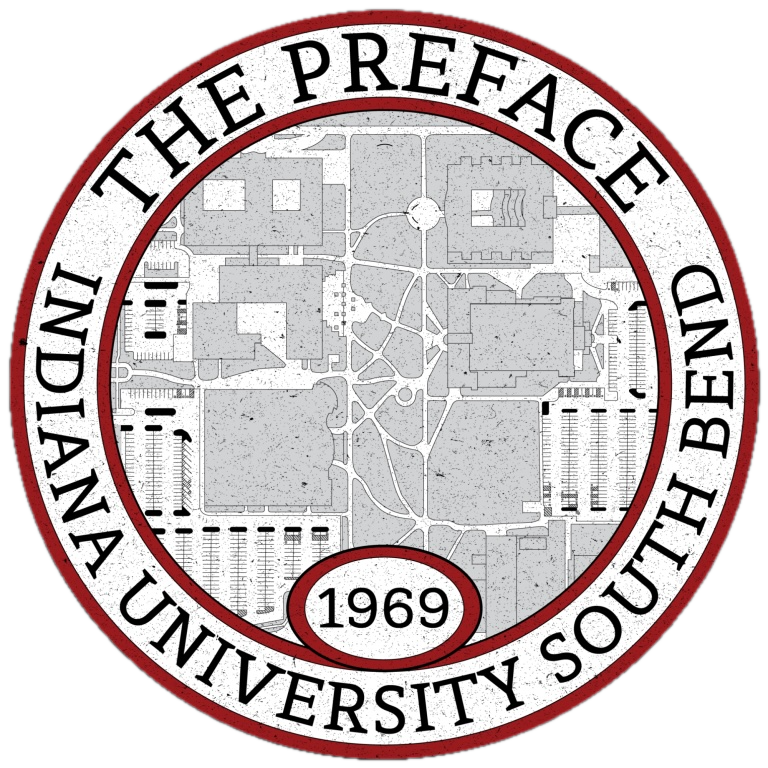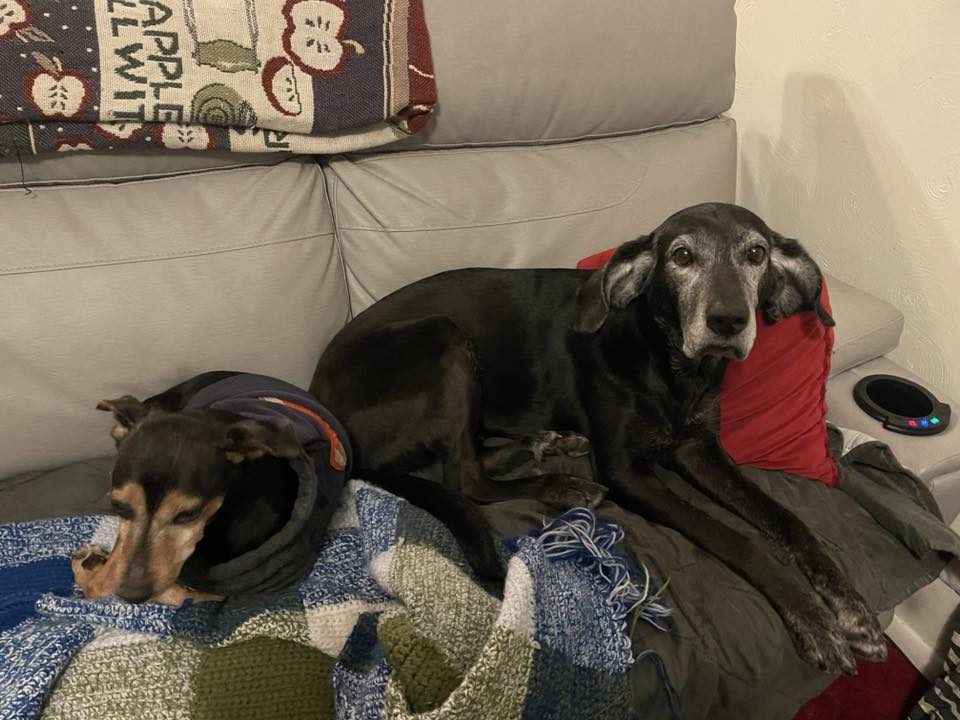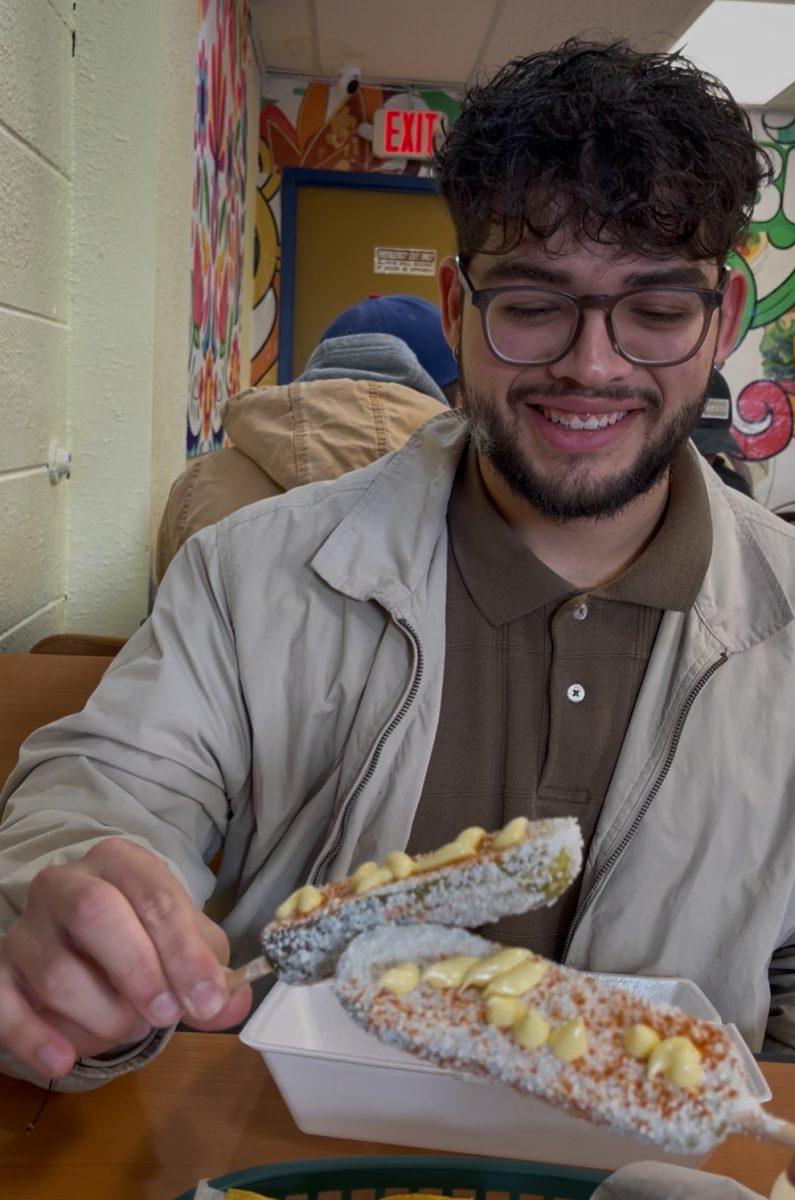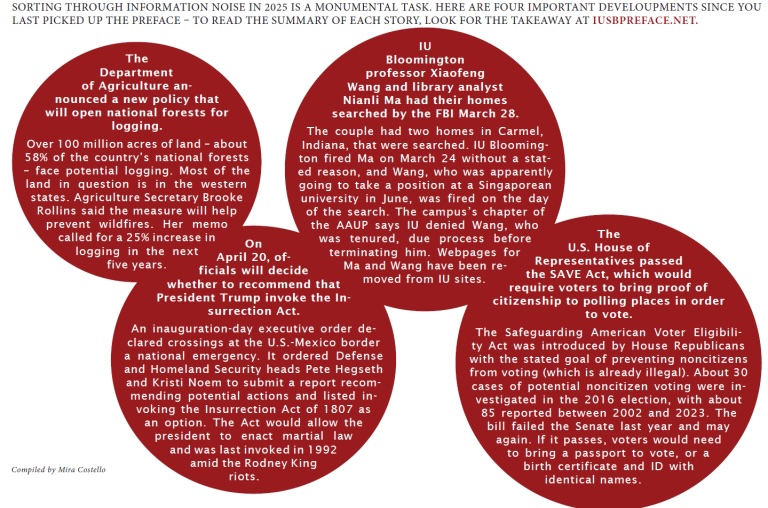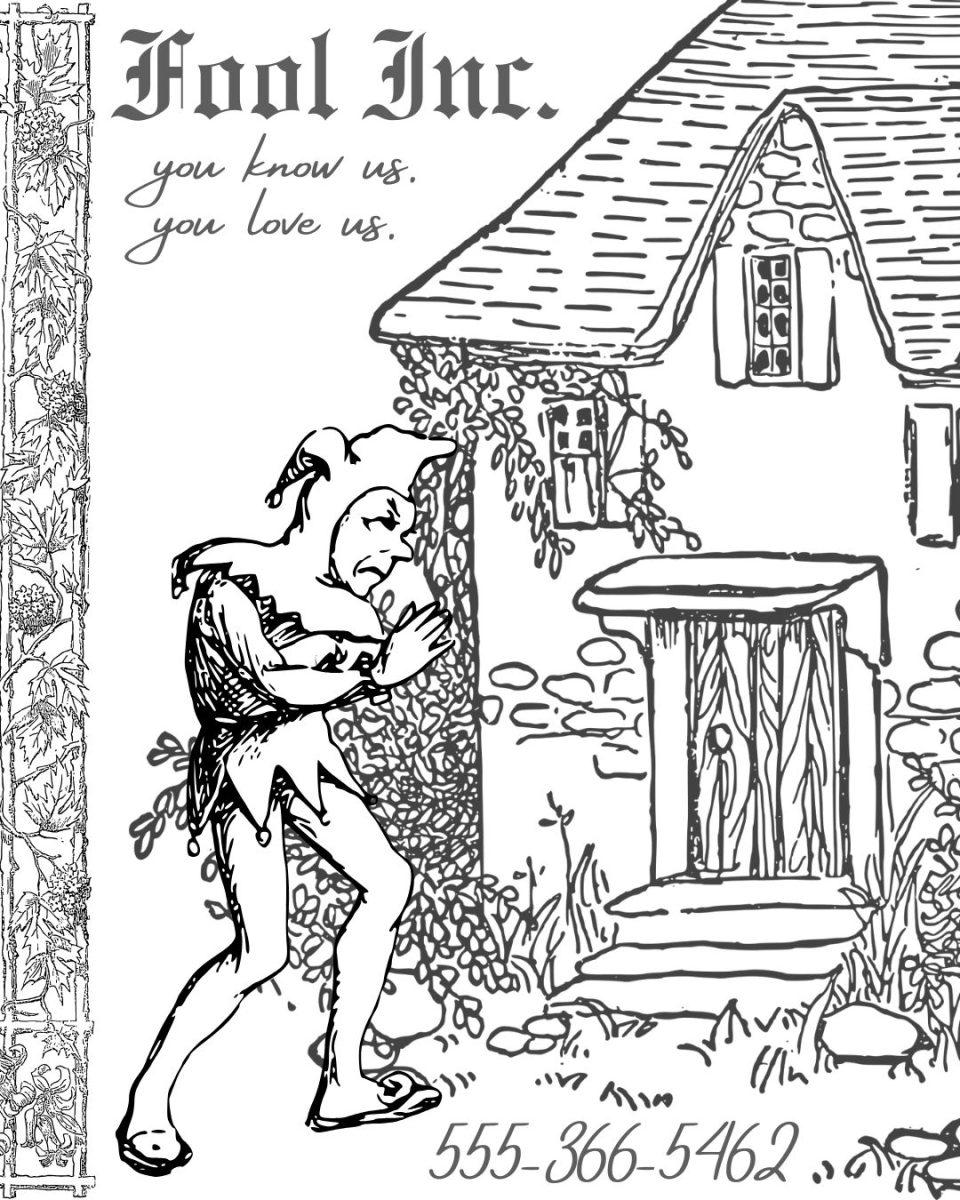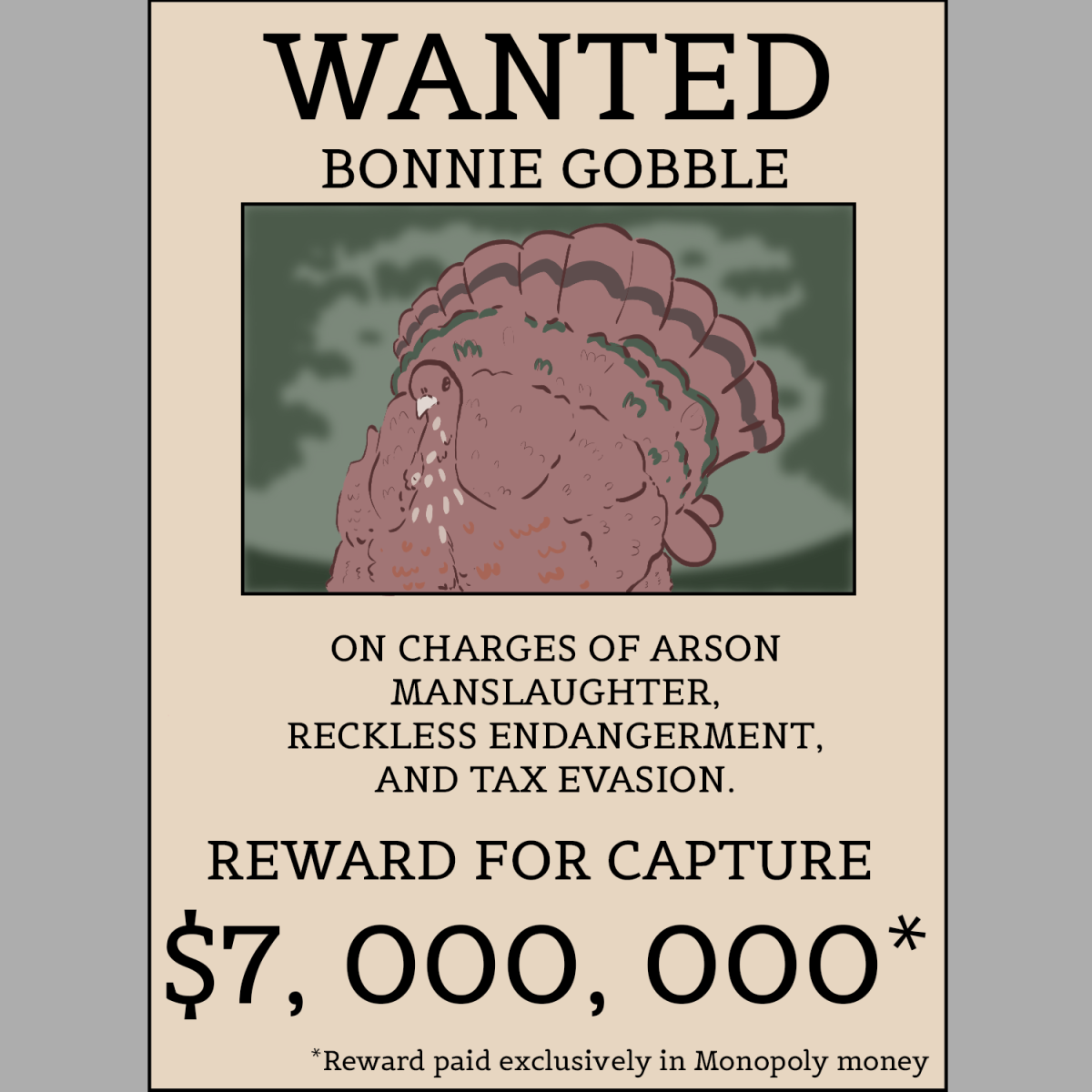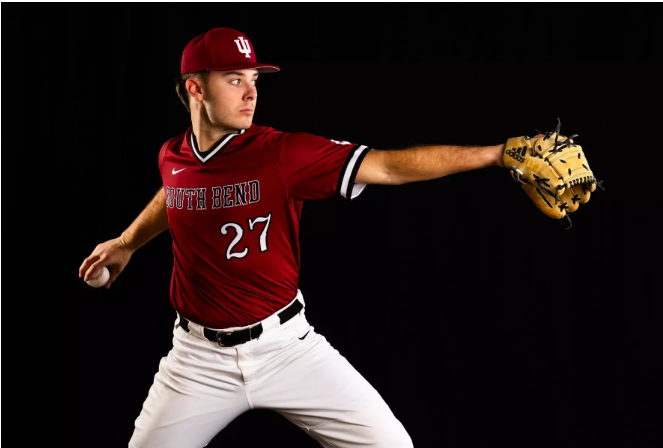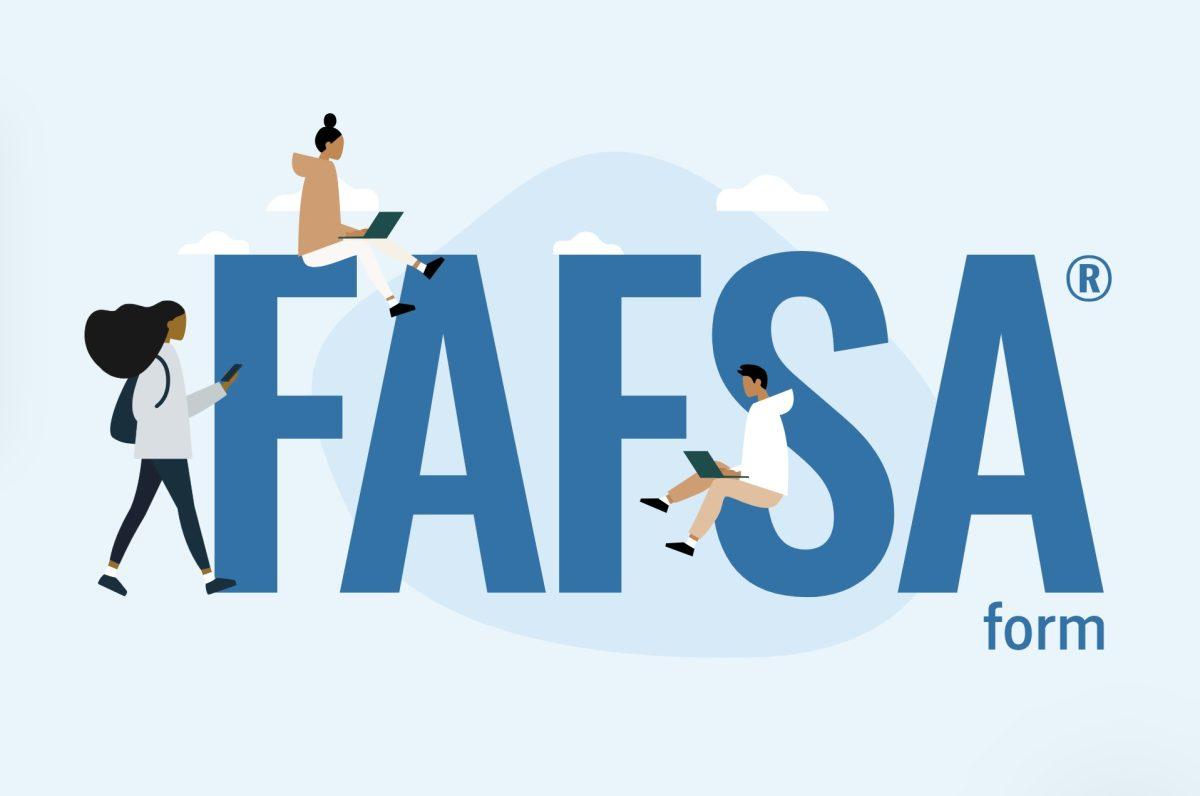By: Mira Costello
Editor-in-Chief
The Student Government Association passed a resolution on Sept. 6 outlining their recommendations for the review and implementation of IU’s new Expressive Activity Policy that became effective Aug. 1, calling for a committee to take a closer look at the new regulations.
Sponsored by Senator Jack Laney and co-sponsored by Senator Abigail Moody, the resolution draws from information in a report by SGA President Chloe Garner, who was asked to collect student feedback on the policy over a three-week period this summer. According to the resolution, this period included a holiday weekend and saw only 30% of student emails opened, which reduced participation in the feedback sessions.
The 24 participants in the feedback sessions addressed multiple grievances that are reflected in the resolution, including concerns about “the jeopardization of traditional campus events”. The EAP’s 10-day approval period for all events involving expressive activity was a primary point of contention, with respondents indicating the need for an explanation of the chosen timeframe or a shorter approval period altogether.
“It was a pretty general consensus that that’s way too long,” Laney said. “The whole point of expressive activity and protest is in the spirit of passion – speaking up about a social issue that may have happened just a couple days ago, or a day ago.”
Garner’s report outlined a general concern from stakeholders that the policy is highly specific and strict in some areas but vague and ambiguous in others, which has raised questions for students and faculty.
“We felt in some places that…they were actually a bit too specific,” Laney said.
“And then in other places, it was just a bit too loose; there were just some opportunities for loopholes in there.”
Constituents identified unclear language in the EAP, including “vertical structures,” “result in immediate trespass,” “substantial disruption,” and “non-water soluble, semi-permanent, and permanent substances.” Questions also arose about how the distribution of written material will be regulated (and if it applies to tabling materials), how “obstruction of view” will be measured and whether the timeframe will prevent events like 24-hour vigils.
Some concerns were relevant to regional campuses in particular. The EAP outlines rules for ingress and egress, prohibiting expressive activity within 25 feet of entrances and exits to university structures; however, many regional campuses have public or municipal property within 25 feet of their structures, which would fall outside of the policy.
The report also identified that constituents believed the policy was a clear response to the encampment at IU Bloomington’s Dunn Meadow this summer and “expressed distaste for the complete ban of overnight camping, and asked if a vetting process would be considered to allow pre-approved encampments to occur.”
The resolution calls for the formation of a committee to review the implementation and reception of the EAP, which would meet quarterly and consist of the SGA president, another SGA representative, Vice Chancellor for Student Engagement Kory Vitangeli, Executive Vice Chancellor for Academic Affairs Jill Pearon, Academic Senate President Steven Gerencser and Special Events Coordinator Eileen Villanueva. The committee would address stakeholder concerns about the policy and bring them to IU-wide administration as necessary.
